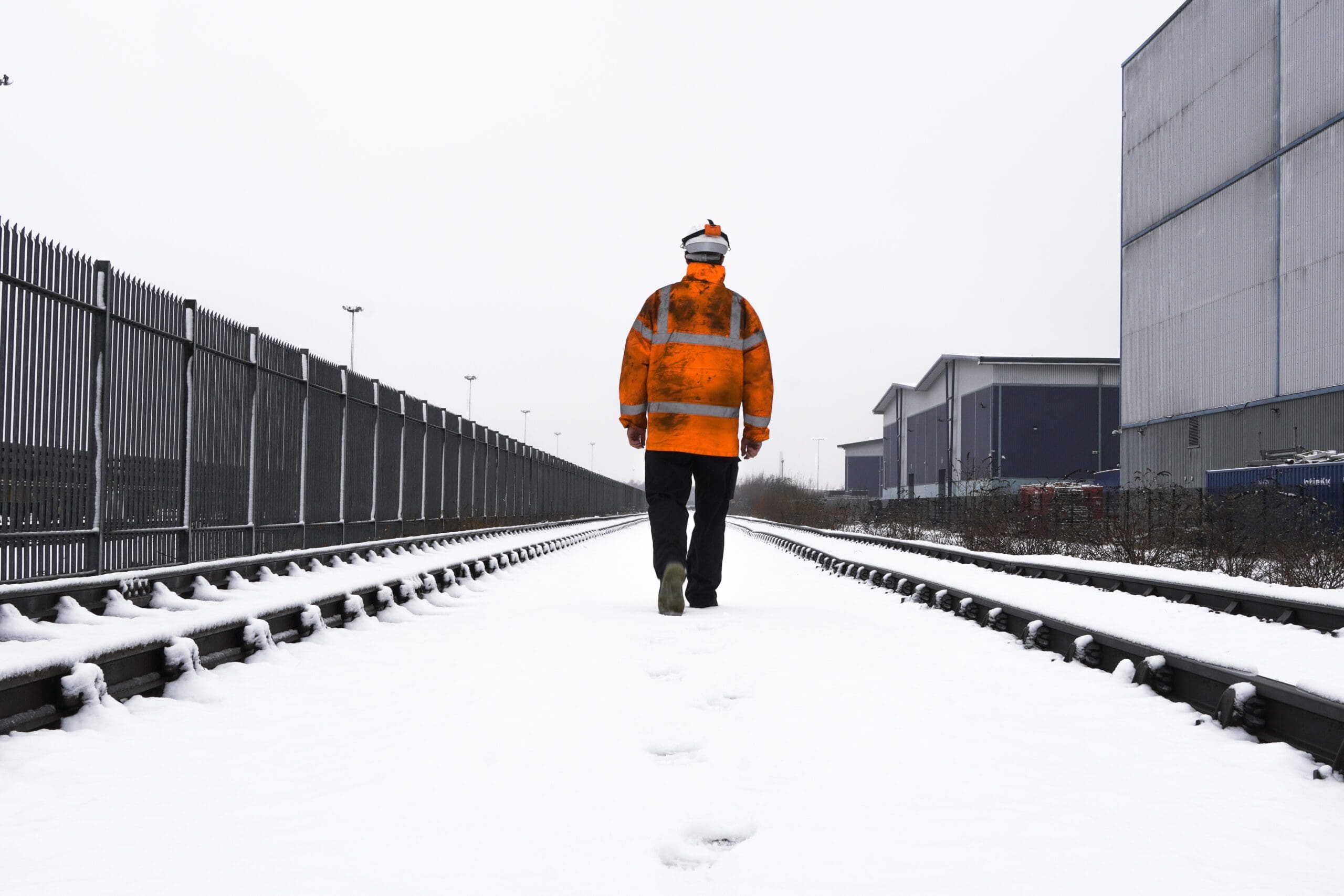Railroad Settlement - Interstitial Lung Disease
Railroad workers have for a long time been at risk of suffering occupational lung diseases like pulmonary fibrisis. Before railroad back injury settlements , safety regulations only rarely required crews wear protective masks. This exposed workers to exhaust fumes as well as hazardous fumes from idle engines.
Asbestos exposure along with diesel exhaust and other workplace hazards can result in interstitial pulmonary disease. It often takes decades for symptoms to show which makes it difficult to draw a direct connection between work history and disease.
Asbestos
Asbestos is a group of naturally occurring minerals that are used in the construction industry for its fire retardant, corrosion-resistant and insulation properties. Exposure to these fibers can increase the risk of mesothelioma, lung cancer, (a rare cancer that develops within the protective linings surrounding organs) and asbestosis. The symptoms of an asbestos-related disease typically take 15 to 30 years to manifest.
When asbestos is disturbed, fibers break down into tiny, elongated particles known as fibrils. They can be inhaled easily and swell up inside the lungs. If they cause irritation, the lungs form scar tissue which makes breathing difficult. Exposed to high levels airborne asbestos over long periods of time also increases the chance of developing mesothelioma. It is a rare and deadly form of lung cancer that affects the lining of the lungs.

Asbestos is banned from use, but railroad companies often challenge FELA claims that are made by railroad workers and their families since they knew that the substance could be harmful to their employees. The evidence from the past suggests that many railroads knew they were exposing workers to asbestos even after they realized that asbestos could cause mesothelioma as well as other health problems. This could be negligence that entitles railroad workers and their families compensation. If you've worked on trains in the past, contact a Virginia railroad injury lawyer today for more details about filing a FELA claim.
Diesel Exhaust
Since the 1940s diesel engines have been the primary source of power for trains in America. Prior to that, trains relied on coal to produce toxic black soot that people breathed in regularly.
Diesel exhaust fumes consist of the mixture of combustible gases and ultrafine particulates. The chemical compounds in the gas component of diesel exhaust change form into a liquid or vapor form, then get carried through the air as tiny particles. These particles are inhaled by the lungs, causing irritation to lung tissues over time.
This could lead to a lung condition that is chronically known as railroad workers interstitial lung disease (ILD). Long-term exposure to diesel exhaust can increase the risk of COPD.
The diesel engine's smoke contains a variety of chemicals including carbon monoxide sulfur dioxide and nitrogen oxides. They also produce polycyclic Hydrocarbons, which can cause cancer. Fine particles in diesel exhaust can cause irritation to the lung and cause inflammation.
The toxins remain in the air even though diesel pollution has been significantly decreased by the use of more environmentally friendly fuels and catalytic convertors. They can cause ground-level ozone that causes breathing problems for people as well as causes damage to trees, crops and other vegetation. They also can cause acid rain, which destroys the water quality of lakes, streams and rivers.
Colon cancer lawsuit settlements is the main cause of numerous serious health issues. Smoking damages the tiny air sacs that line the lungs, known as alveoli. This damages the lungs' ability to take in oxygen, which makes breathing more difficult.
The interstitial lung disorder pulmonary fibrosis can cause scarring in the lungs, which blocks them from providing oxygen to the body. The condition is progressive and is often accompanied by shortness of breath, fatigue coughing, and the clubbing of the fingers and toes. It can cause death if left untreated.
Railroad workers are at a greater risk of developing an interstitial lung disease, such as asthma, COPD, and emphysema. In addition to the exhaust fumes from diesel engines, they may also be exposed to toxic asbestos materials and fumes at their job. railroad back injury settlements could cause mesothelioma or cancer as well as other health issues.
By providing adequate protection for their respiratory systems, railroads could have prevented the development of lung diseases that are dangerous and even fatal. Failure to do so is negligence under the Federal Employers Liability Act (FELA).
Other Exposures
Other conditions, like autoimmune diseases and rheumatoid arthritis can lead to interstitial pulmonary disease. Certain medications may also increase the likelihood of developing pulmonary fibrosis and other respiratory ailments. You are exposed hazards, including oil, chemicals, and fumes, if you work in a rail yard. The exposures can cause the condition known as silicosis. It is a lung scarring similar to asbestosis. If the condition gets worse, it may lead to right-sided cardiac failure (cor pulmonale) because your heart will have to work harder to pump blood through blocked blood vessels. This could eventually cause respiratory failure and death.
